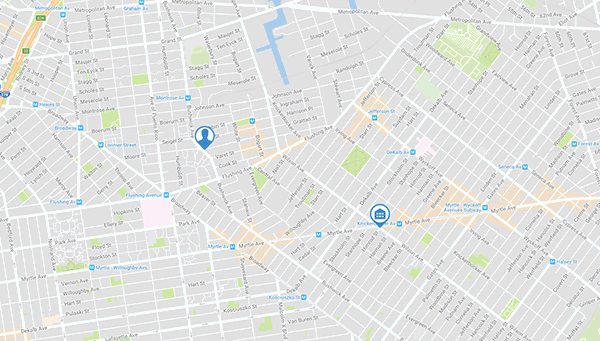3 Ways in Which Artificial Intelligence is Changing Transportation Management Systems
The process of training computers and machines to mimic human brain’s problem-solving abilities is called Artificial Intelligence. The field of AI was formally founded in 1956 at Dartmouth college and since then, it has found increasing adoption in the mainstream world from the defense in the early times to social media, supply chain management, real time tracking systems, and any other field imaginable more recently.
AI = Robotic process automation + Computer vision + Machine learning
AI is changing people’s perspectives in many ways. It is continuously evolving as we move forward, every day there is a new development in the system. At LogiNext, we’re working on problems like route optimization, multi stop route planner, fleet management, last mile tracking, and such to make the best end customer experience.
Research conducted by Mckinsey suggested that 47% percent of companies have embedded AI in at least one of their operations.
AI in Logistics Management
Artificial Intelligence is changing the way managers execute their activities. AI machines are helping CSCOs (chief supply chain officers) to give a graphical representation of the current scenario. This helps them identify areas where the company can improve.
The use of AI in logistics management and transportation automation is related to predictive analysis which utilizes various programming tools to come up with the best possible course of action.
3 Ways in Which AI is helping build and efficient delivery management systems
AI has especially played a crucial role in enriching three major areas in the Supply Chain and Logistics industry. Let’s look at them.
Route Optimization

AI and Logistics have come a long way. In an industry that relies heavily on manual tasks, rapid strides are being made to undergo digital transformation journeys.
LogiNext’s MILE platform is used by industries across CEP (Courier, express, and Parcel), eCommerce & Retail, Transportation, and QSR for delivery management and Route Optimization is a crucial element in this. This advanced routing technology figures out the shortest and the best route for the drivers to deliver the product solving the age-old traveling salesman problem.
AI is also helping the logistics manager with route delivery planning and rerouting. The main goal here is to optimize and automate which brings down delivery costs and improves customer experience.
Auto Order Allocation
Order allocation is a part and parcel of logistics automation, where goods are distributed according to route planning. In simple words, order allocation means the process of taking orders from various sources and queuing them up in the most efficient manner.
AI has changed how allocation takes place. Clients have seen auto allocation to the tune of over 90% of all orders from heavy reliance on manual intervention. This is a dramatic shift.
Another area that has been positively affected is inventory management. Earlier, inspection, selection, and facilitating the inventory was done by humans, exposing the operations to 20% of error. Now, AI machines and scanners have become efficient at the job, improving operational processes to meet on demand deliveries.
ETA Calculation

ETA (estimated time of arrival) is an important aspect of delivery management.
There are multiple tools considered while calculating ETA for any delivery. Predictive analysis is one of the common ones. If we deep dive into predictive analysis, then data generation and analysis play a key role in logistics.
ETA calculation is based on route delivery planning. So in case of any event like a change in order slot by end customer or traffic conditions, the best logistics management software will automatically change ETA and communicate to end customer. It will also provide a rerouting solution to the driver as well.
Conclusion
AI is changing the way logistics are planned, designed, and implemented. Companies are striving hard to incorporate Blockchain, IoT, and other AI-based systems into their systems.
Apart from the three ways above, companies are trying to implement AI in various other areas. Retail/Wholesale/Fulfillment Warehouses are one of them. Manual forklifts are increasingly being replaced with AI robots and Smart conveyor belts.
Further, the implementation of Automatic Fleets is ongoing. This aims to reduce the drivers’ workload and avoid mishaps while delivering goods.
As we know, AI is constantly learning and adapting to the environment. So are industries to survive in a competitive scenario. AI implementation, thus, would allow companies to have a huge edge over peers from the same industry.
168








@LogiNext